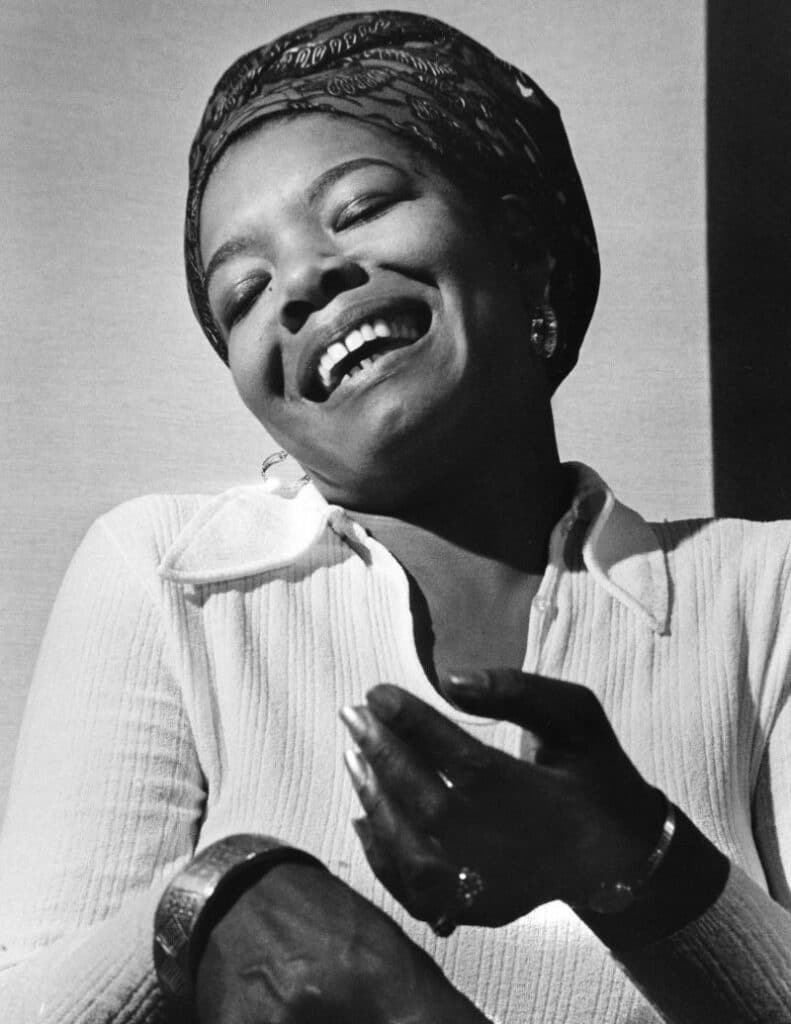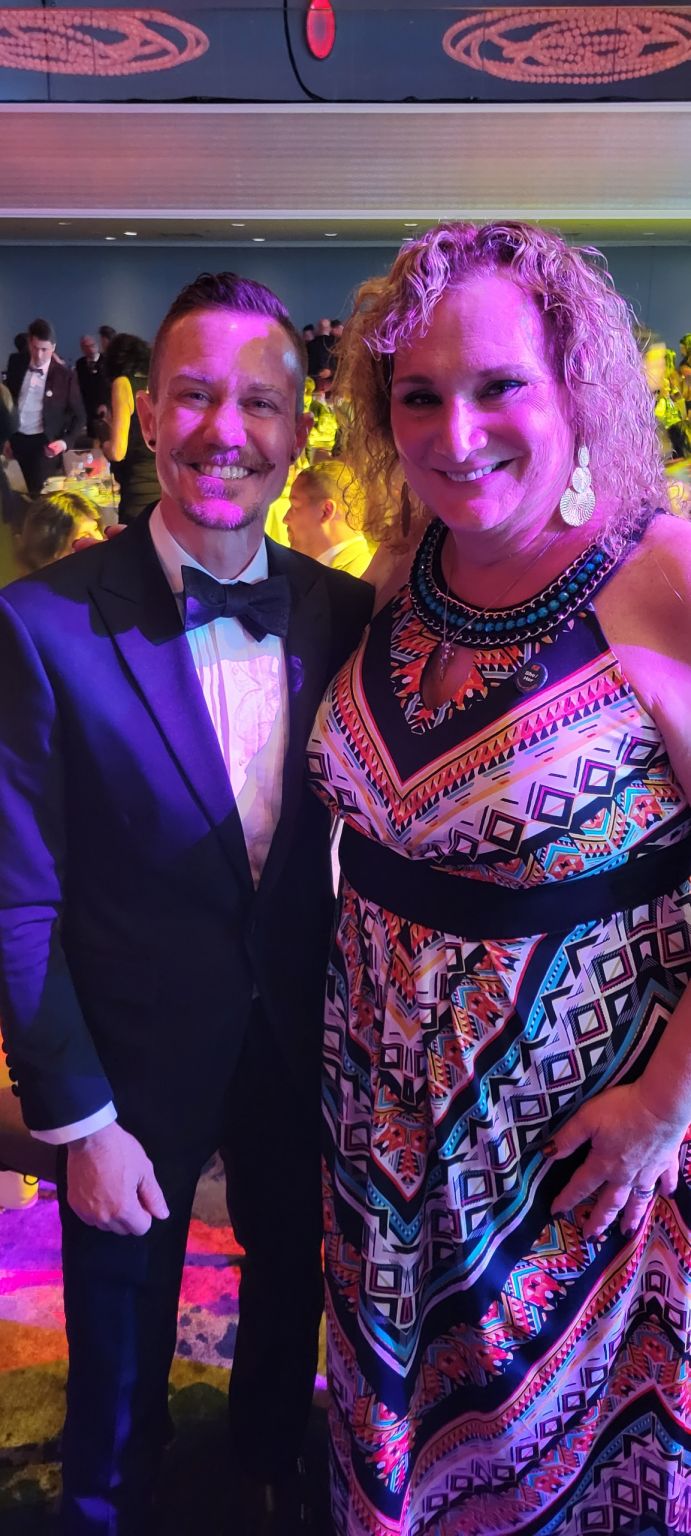With Transgender Day of Visibility here once again, I find myself thinking a lot about the word vulnerability. At one of my most recent speaking engagements I challenged the audience with this question, “What is your relationship with vulnerability?” I’m willing to bet that for many of you reading this, that is something that you rarely think about – because why would you in the first place? You may find yourself in the fortunate position of being gainfully employed, with a roof over your head and food in the cupboard. So why would a concept like vulnerability ever enter your stream of consciousness? The simple answers to these questions are that you wouldn’t – probably never. And judging by the collective “Hmmmm” sound the audience made I doubt they had too.
The exact opposite, however, is true for far too many transgender people who choose to be visible in our society. By being visible as their authentic selves they risk being vilified by those who choose hate and fear over knowledge and allyship. And for transwomen of color, this can be particularly dangerous, leading to being victims of violence at alarming levels. Everywhere we turn it seems as though there is another anti-trans bill being rushed through conservative-led statehouses that seek nothing more than to eradicate the existence of transgender people of all ages.
But what choice is there? To remain silent and shuttered away never to be seen in public is simply not an option. Yes, we are different – and if you stop long enough to listen to the stories of our journeys to our authentic selves, trust me, you’ll be moved because they are powerful beyond measure.
But there’s another side to vulnerability that I’d like to bring to your attention. As we begin to change the narrative that seeks to position my entire community as a political wedge issue it is vitally important that we have ever-increasing numbers of allies by our side, standing in solidarity with our quest for equality and inclusion. And at the very core of allyship is education. I have learned over 17 years of talks and trainings that for learning to truly happen, one must allow themselves to be vulnerable. To say to yourself, or out loud, “I don’t know everything, but I’m willing to learn.” It is at that precise moment that the heart, the mind, and the soul open and allows teaching to take hold.
By being intentional about learning and allowing that experience to fuel our allyship is how we begin to move the needle on equality and inclusion for transgender individuals of all stripes and all ages. It can be a truly transformative experience – if you let it. And that’s something to consider not just on the Transgender Day of Visibility, but every day of the year.

 “I note the obvious differences
“I note the obvious differences
